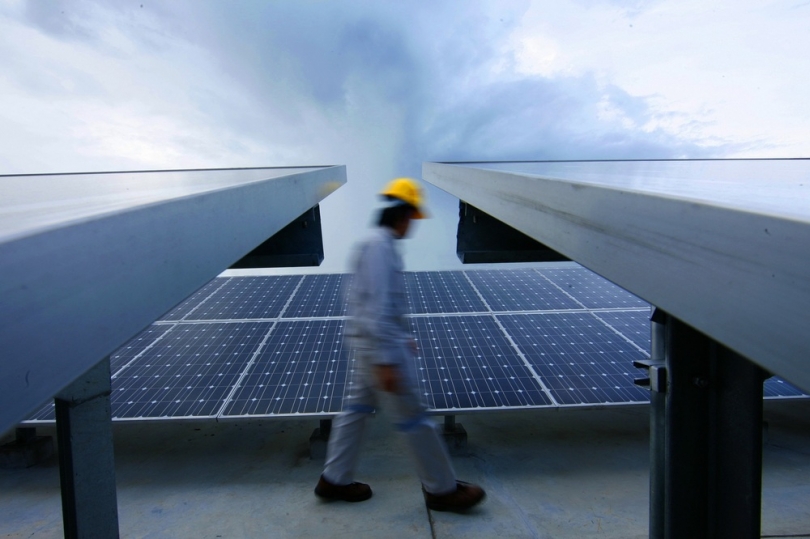Besides the 250-metre chimney stack, the highest man-made structure in this hilly town, Hongsa Power, which is proceeding with construction of its US$3.7-billion (Bt144-billion) coal-fired power plant, is bringing about many other big changes.
Coming with construction is the creation of jobs for about 3,000 locals, according to governor Kamsing Sorasuk. Then, with electricity supplied by the plant, he foresees more factories specialising in food processing as well as new service industries.
“When I first came here three years ago, only 46 per cent of households had access to electricity. Now, the ratio is over 70 per cent. In two years’ time, this will be 100 per cent,” he said in an interview.
The 1,878-megawatt power plant, owned 40 per cent each by Thailand’s Banpu and Ratchaburi Electricity Generating Holding and 20 per cent by the Laotian government, is now 27 per cent completed. The construction work is proceeding even as Banpu is appealing a lawsuit involving its initial role in the mining and power-generating concession. Thailand’s Civil Court recently ordered Banpu to pay Siva Ngarntavee and his group more than Bt31 billion.
According to Banchob Kitch-panich, deputy managing director (finance and accounting) of Hongsa Power, the lawsuit has not affected the construction schedule as Banpu is still committed to pour in investment as a shareholder. Much of |the construction now deals with infrastructure, but he is confident that the power plant – which will include three giant cooling towers beside the main stack – will be able to start commercial operations slightly ahead of schedule in 2015.
A source at the company said the project should break even in 15 years, leaving the shareholders to reap huge benefits in the remaining years of the 25-year concession.
Unlike other power projects, Hongsa Power will enjoy a stable fuel price as the project covers its own lignite mining, which provides a fixed cost.
As of September, 4,653 people worked on the 76.2-square-kilometre site, 3,401 of them locals. Three years ago, average annual income of Hongsa people was $400. Now, those in the city area earn more than $1,000 a year.
Kamsing expects the creation of more jobs when factories move in, which will be a boon to the town. Now, 90 per cent of the 300,000 population earn a living as farmers. Soon, these farmers will not need to look for jobs in big cities or even in Thailand when the harvest season ends, he said.
As for tourism, Hongsa was once popular among adventurers but has lost out to Luang Prabang. Now, guesthouses are popping up to cater to expatriates working at the power plant as well as visitors.
The town is now home to about 20 compressed-earth-block plants to satisfy growing demand.
With abundant naturally grown posaa – the raw material for sa paper – Hongsa is also vying for Thai investment in a sa-paper plant, which could require Bt4-5 million in initial investment.
Potential investors are inspecting the site and evaluating pros and cons, with likelihood that investment will start next year. At present, according to research funded by GIZ, a German agency that partners with Thailand in a posaa capacity-enhancement project in Laos, more than 90 per cent of materials used in Thailand now come from Laos.
The governor said that aside from corn and Job’s tears, posaa, or paper mulberry, could be another economic crop of the town. “Promoting posaa means the environment will be saved, as it will encourage people involved with shifting cultivation to stop. Plus, posaa doesn’t need chemicals that are harmful to animals and people,” Kamsing said.
“I want a sa-paper factory here. Products could be exported or sold to other cities like Luang Prabang, to make Hongsa more famous.”
Having more factories also means greater access of Hongsa’s products to other Asean countries under the Asean Economic Community.
To this end, Kamsing promised greater convenience at Huay Kone checkpoint near Nan province in Thailand, which will be the main gateway to Asean for the landlocked town.


